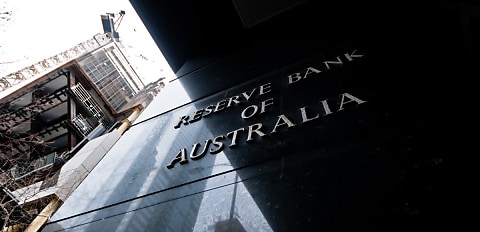The latest RBA Bulletin, released on Thursday (16 March), looks at the role of non-bank lenders in the Australian economy.
In an article titled Non-bank Lending in Australia and the Implications for Financial Stability, the RBA notes that non-bank mortgage lending has grown rapidly in recent years.
“Non-bank lending in Australia has grown rapidly since 2015, driven mostly by mortgage lending, where growth has averaged almost 15 per cent on a six-month annualised basis — more than twice the rate recorded by banks,” it said.
“Despite this growth, the share of non-bank credit remains small at a little under 5 per cent, which is about half its share before the GFC. While the small size of the non-bank lending market attenuates the systemic risks to financial stability in Australia, strong credit growth in the sector could lead to financial stability risks if it induced a broad-based weakening in lending standards.”
While non-banks’ lending standards do not appear to have weakened materially alongside the rapid credit growth seen between 2020 and mid-2022, the RBA said that non-banks’ high LTI lending has increased while it has decreased for banks.
“The increase in high LTI lending is consistent with the rise in housing prices over recent years; however, it might also reflect some shift of higher LTI borrowers to non-banks following the increase in APRA’s serviceability buffer in October 2021,” the bank said.
Only 11 per cent of loans were written on six times income or over in the three months to December 2022, according to the latest banking statistics from APRA. This is down 13.3 percentage points from 24.3 in the December quarter of 2021.
Eliza Owen, head of research at CoreLogic Australia, said the sharp drop-off in lending at high debt-to-income ratios and LTI ratios coincides with the bulk of the current rate-hiking cycle flowing through to prospective borrowers, who have limited borrowing capacity.
“Both of these ratios represent record lows, though on a relatively short back series to March 2019,” she said.
The RBA concluded that non-bank lending accounts for a relatively small proportion of overall credit in Australia, and non-bank lending standards for mortgages do not appear to have materially deteriorated over recent years despite the imposition of tighter macroprudential policies for banks.
“There are also more constraints on how far non-bank lenders can move along the risk spectrum, compared with the period before the GFC. Together, these factors suggest that the risks posed by the non-bank lending sector to financial stability in Australia are low,” it said.
“Nevertheless, the rapid growth in housing lending by non-banks, and data limitations over the full scope of non-bank financing activity, call for ongoing vigilance by regulators and policymakers. Further, as has been recognised by international and domestic policy authorities, the closure of data gaps relating to non-bank lending remains an important priority to ensure that the associated risks to financial stability are well understood.”
[Related: Almost 90% of new home loans are less than six times income]
